
Digital balance strategies are becoming essential for protecting mental health in today’s fast-paced digital world. With smartphones, laptops, and constant notifications pulling at our attention, many people experience screen fatigue, stress, and information overload. While technology brings convenience, knowledge, and connection, it can also impact our emotional well-being if not managed mindfully.
Introduction: Why Digital Balance is Essential for Mental Health
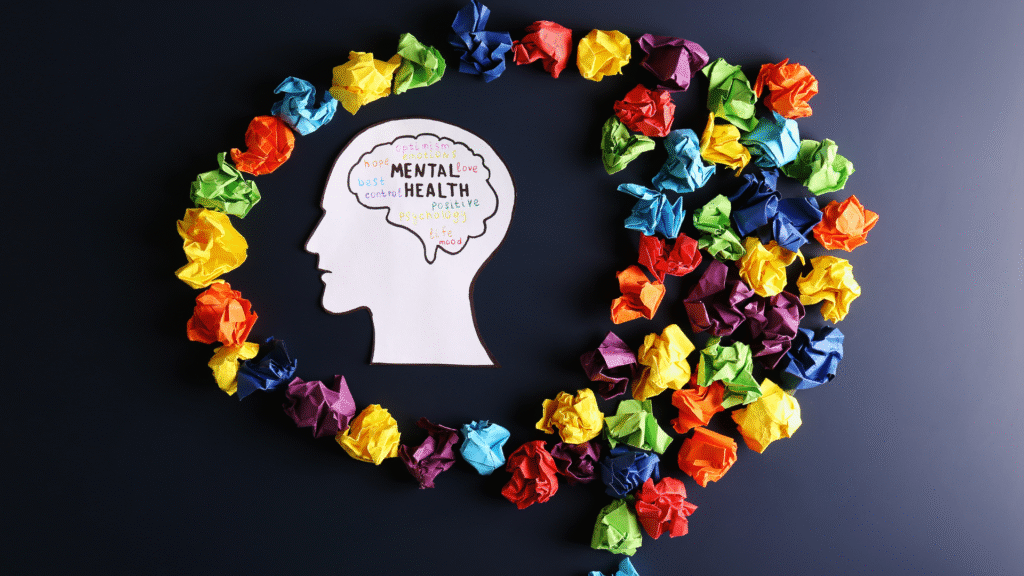
In the digital age, our lives are deeply intertwined with technology, making it impossible to separate. From smartphones to laptops, our attention is under continuous strain due to constant notifications, wasting time on social media platforms. No doubt, these tools offer a lot of benefits, connectivity, knowledge, and convenience, but they also pose challenges to our mental health. In today’s generation, screen fatigue, anxiety, stress, and information overload are very common.
Digital balance is no longer optional; it’s essential. Mental health experts give special value to the importance of regulating technology use to prevent mental exhaustion due to stress and maintain emotional well-being. By achieving this balance, you can not only improve focus but also enhance productivity, relationships with loved ones, and overall quality of life.
In this blog, we will show you 10 proven strategies to achieve digital balance, which helps to reduce stress and improve mental well-being. These strategies are based on research, expert insights, and real-world examples, which provide practical guidance for anyone seeking a healthier balance with technology.
1. Establish Clear Digital Boundaries
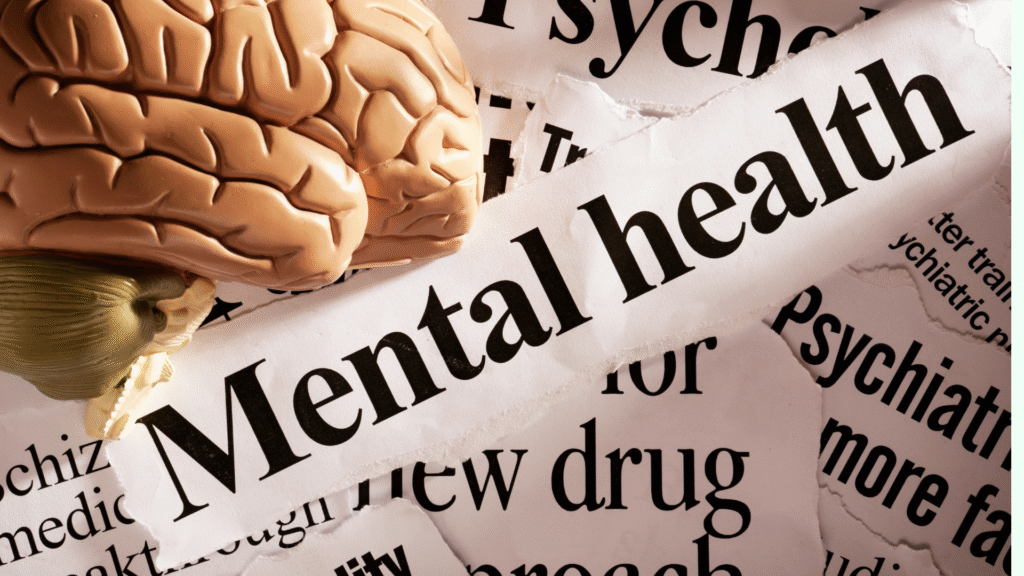
The first step to digital balance is to set clear boundaries. Boundaries such as sleep, meals, work, and personal relationships can help prevent constant connectivity by interfering with essential aspects of life.
- Set device-free times: For example, during meals or after 9 PM, try to avoid checking your emails
- Use notifications wisely: To reduce distractions, turn off non-essential notifications from social media platforms.
- Create a schedule: Dedicate a specific time to your work, enjoyment, and social media.
Why it works: Research shows that setting clear digital boundaries can improve focus, reduce stress, and promote better sleep. You can regain control over your time and attention by consciously choosing when and how to engage with technology.
Practical Tip: Start small. Pick one hour each evening or a specific time as a screen-free zone. Over time, gradually increase the duration.
2. Implement Regular Digital Detox Periods
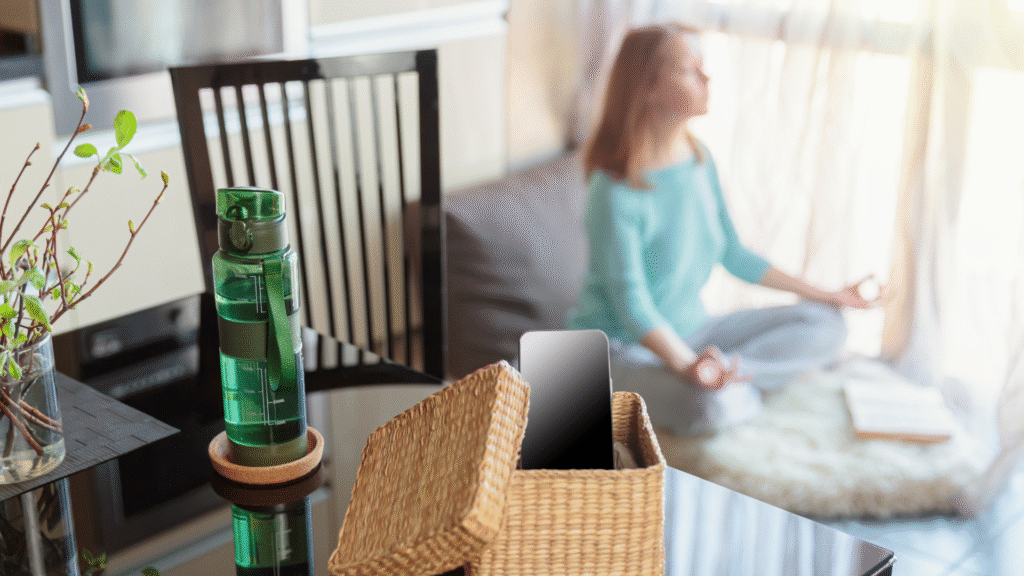
Digital detoxes involve intentionally stepping away from all digital devices for a specific period. Whether it’s a few hours, an entire day, or even a weekend, disconnecting can help reset your mind.
- Benefits: Reduced anxiety, improved mood, better sleep, and heightened awareness of real-life surroundings.
- Studies: Research published in the Journal of Behavioral Addictions indicates that structured digital detoxes reduce stress and improve mental clarity.
Example: Try a “No-Screen Sunday,” dedicating the day to offline activities such as reading, walking, or spending time with loved ones.
3. Create Tech-Free Zones
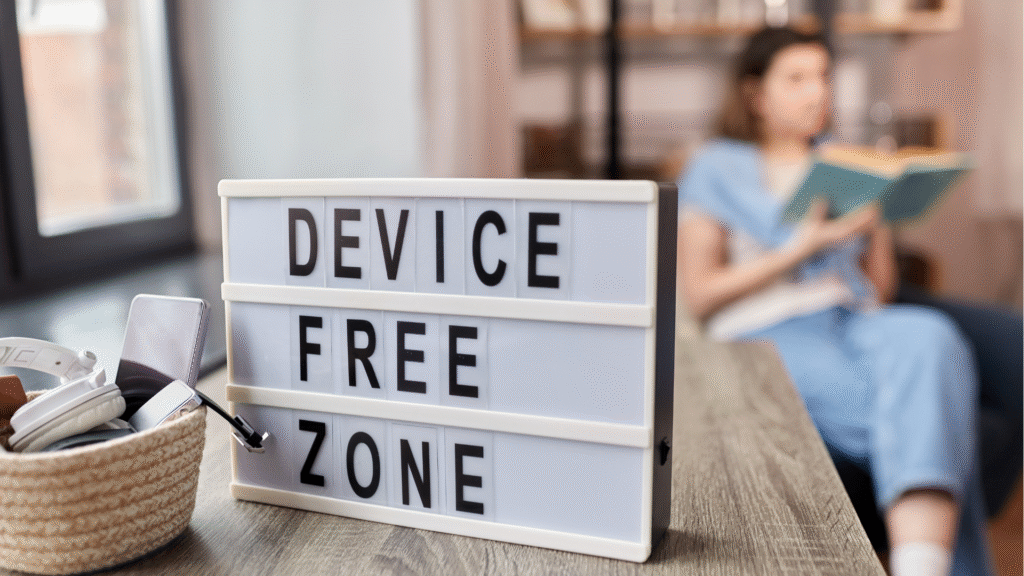
Creating spaces in your home where technology is not allowed can promote mental well-being. Common areas include bedrooms and dining areas.
- Benefits: Encourages quality face-to-face interaction, improves sleep, and fosters mindfulness.
- Expert Advice: Psychologists recommend keeping the bedroom screen-free to allow natural sleep cycles and reduce cognitive stimulation before bed.
Pro Tip: Keep a basket for phones and tablets in the living room during family meals.
4. Practice Mindful Technology Use
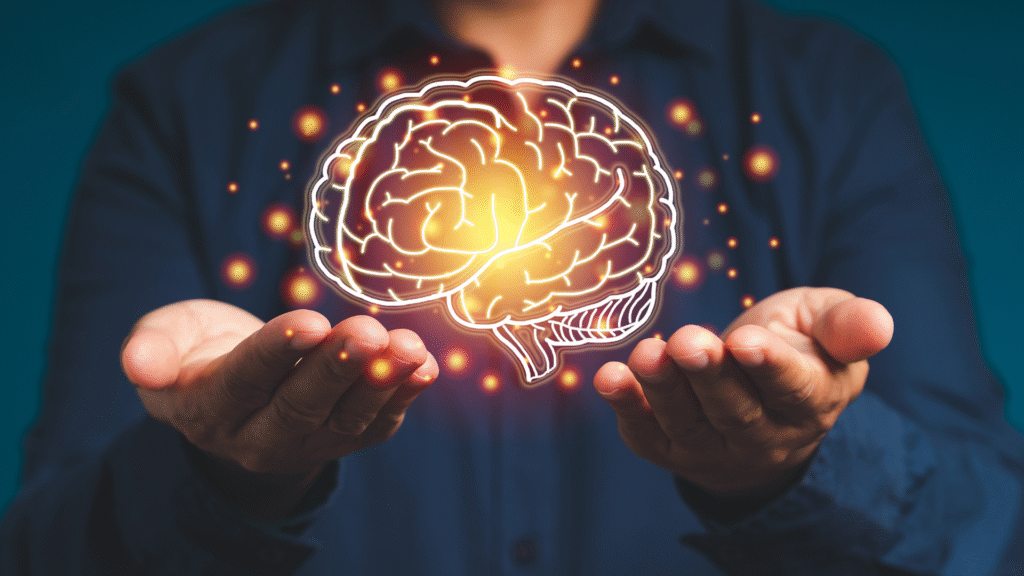
Mindfulness is the practice of being fully present in the moment. Applying mindfulness to technology use helps prevent compulsive scrolling or overconsumption of digital content.
- Ask Before You Tap: Before opening an app, pause and ask yourself, “Is this necessary right now?”
- Set Intentions: Decide the purpose of your screen time — whether it’s work, learning, or entertainment.
- Observe Feelings: Notice how certain apps or content make you feel, and adjust usage accordingly.
Research Insight: Mindful technology use is linked to lower stress levels and improved emotional regulation.
5. Utilize Digital Well-Being Tools

Many devices now include built-in tools to track and manage screen time. Apps like Apple Screen Time, Google Digital Wellbeing, and Forest can help users monitor their habits.
- Features: Track daily screen time, set limits on apps, schedule downtime, and receive usage reports.
- Benefits: Promotes self-awareness and accountability, encouraging healthier digital habits.
Practical Tip: Set daily limits for social media apps to prevent mindless scrolling.
6. Engage in Regular Physical Activity

Physical activity is a proven stress reliever and enhances overall mental health. Incorporating exercise into your routine balances the sedentary nature of digital work.
- Activities: Walking, jogging, yoga, dancing, or even short stretching breaks during work hours.
- Scientific Evidence: Regular exercise boosts endorphin levels, reduces cortisol (the stress hormone), and improves mood.
Example: Take a 10-minute walk after every 90 minutes of screen time to refresh your mind.
7. Foster Real-Life Connections

While technology facilitates connections, nothing replaces real-life human interaction. Spending quality time with friends and family can significantly improve mental health.
- Ideas: Weekly meet-ups, offline group activities, or simply having tech-free conversations at home.
- Impact: Strengthens bonds, reduces feelings of isolation, and enhances emotional support networks.
Story: Emily, a 28-year-old marketing professional, found that scheduling weekly coffee meet-ups with friends without phones improved her mood and reduced work stress.
8. Prioritize Sleep Hygiene
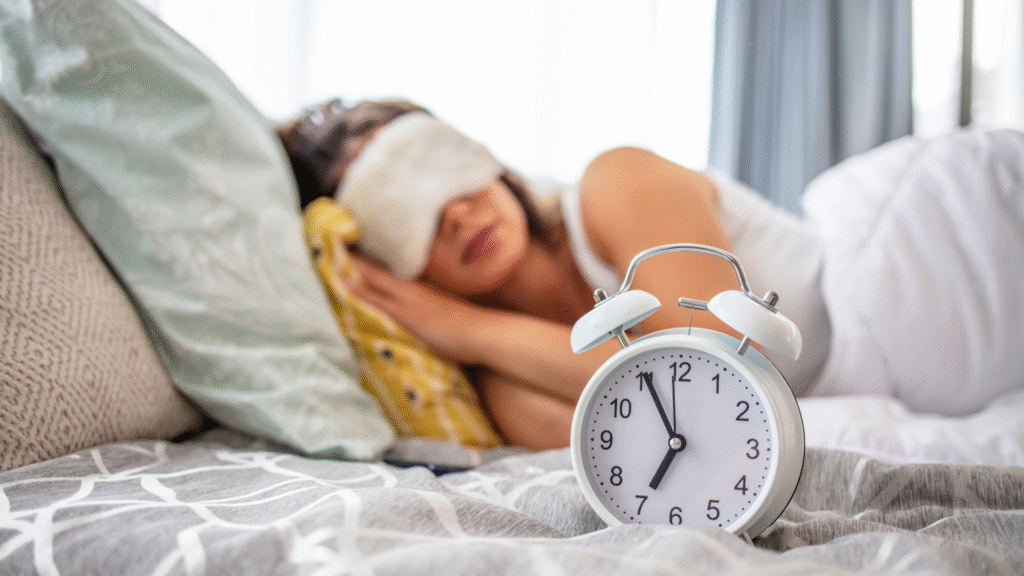
Sleep is foundational for mental health. Excessive screen use, especially before bed, disrupts melatonin production, making it harder to fall asleep.
- Tips for Better Sleep:
- Avoid screens at least an hour before bedtime.
- Create a calming bedtime routine (reading, meditation, or soft music).
- Keep your bedroom dark, cool, and quiet.
Research Insight: Studies link adequate sleep with reduced anxiety, improved focus, and better emotional regulation.
9. Seek Professional Support When Needed

Digital stress can sometimes overwhelm even the most disciplined individuals. Consulting a mental health professional is a proactive step.
- Options: Therapists, counselors, or digital wellness coaches.
- Benefits: Professional guidance provides tailored strategies, coping mechanisms, and accountability.
Tip: Online therapy platforms like BetterHelp or Talkspace can offer flexible options for busy schedules.
10. Continuously Evaluate Your Digital Habits

Regular self-assessment is crucial for maintaining digital balance. Reflect on how your screen time affects your mood, relationships, and productivity.
- Questions to Ask Yourself:
- Am I using technology intentionally or mindlessly?
- Do I feel anxious or drained after screen use?
- Which apps add value versus which create stress?
Action Step: Keep a weekly log of screen time and emotional responses to track patterns and make adjustments.https://heathyhabit.online/
Additional Strategies for Maintaining Mental Health

While the ten strategies above form the core framework, there are additional methods to reinforce mental well-being:
- Mindfulness Meditation: Spend 10–15 minutes daily focusing on your breath and surroundings. This helps reduce anxiety and improve concentration.
- Gratitude Journaling: Writing down three things you are grateful for each day can boost positivity and resilience.
- Nature Exposure: Spend time outdoors, whether walking in a park or hiking. Nature exposure reduces stress hormones and enhances mood.
- Hobby Engagement: Engage in creative hobbies like painting, music, or gardening to shift focus away from screens.
- Structured Breaks: Follow the Pomodoro technique — 25 minutes of work followed by a 5-minute break — to maintain productivity without digital burnout.
Conclusion: Embracing Digital Balance for Stress-Free Living
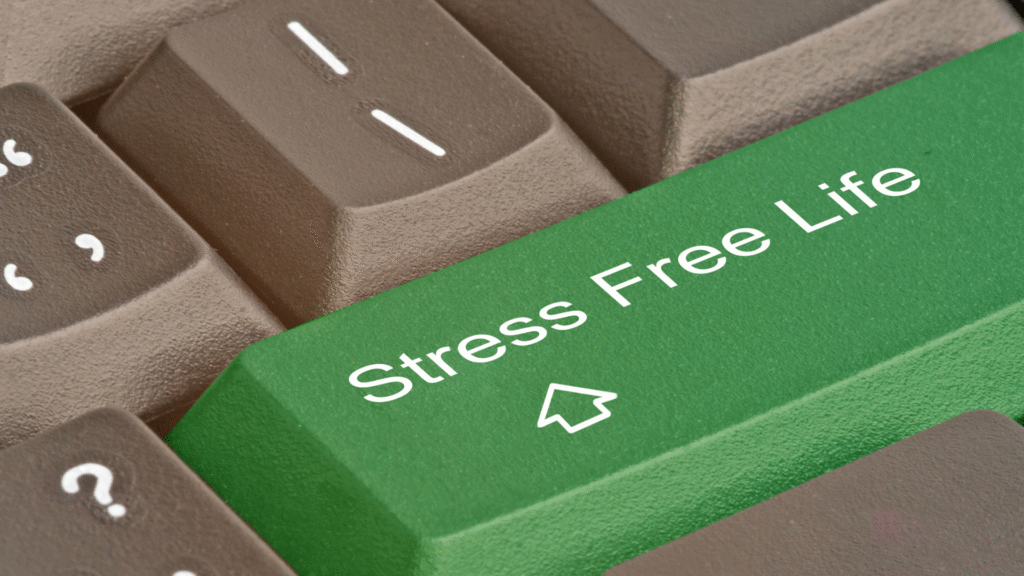
Digital balance is an ongoing journey. By implementing the strategies outlined in this guide, you can reclaim control over your mental health and cultivate a stress-free lifestyle. Remember, it’s not about eliminating technology, but using it mindfully. Start with one strategy today — whether it’s a 10-minute screen-free walk, a tech-free dinner, or a digital detox day — and gradually expand your efforts. Your mental well-being deserves intentional care in this digital age.https://www.mattersofthemind.uk.com/
FAQs

Q1: How can I start a digital detox without feeling disconnected?
A1: Begin with short, manageable periods — like an hour in the evening — and gradually increase duration. Engage in offline activities you enjoy.
Q2: Are there apps that help reduce digital stress?
A2: Yes, apps like Forest, Headspace, and Screen Time monitor usage, encourage breaks, and promote mindfulness.
Q3: Can small changes in screen habits improve mental health?
A3: Absolutely. Even minor adjustments, like turning off notifications or creating tech-free zones, can reduce stress and improve focus.
Q4: How does exercise affect mental health in the digital age?
A4: Exercise reduces cortisol, increases endorphins, and offsets sedentary behaviors caused by prolonged screen use.
Q5: What if I feel guilty disconnecting from work or social media?
A5: Remember that digital balance improves productivity, creativity, and emotional health — taking breaks is beneficial, not harmful.
